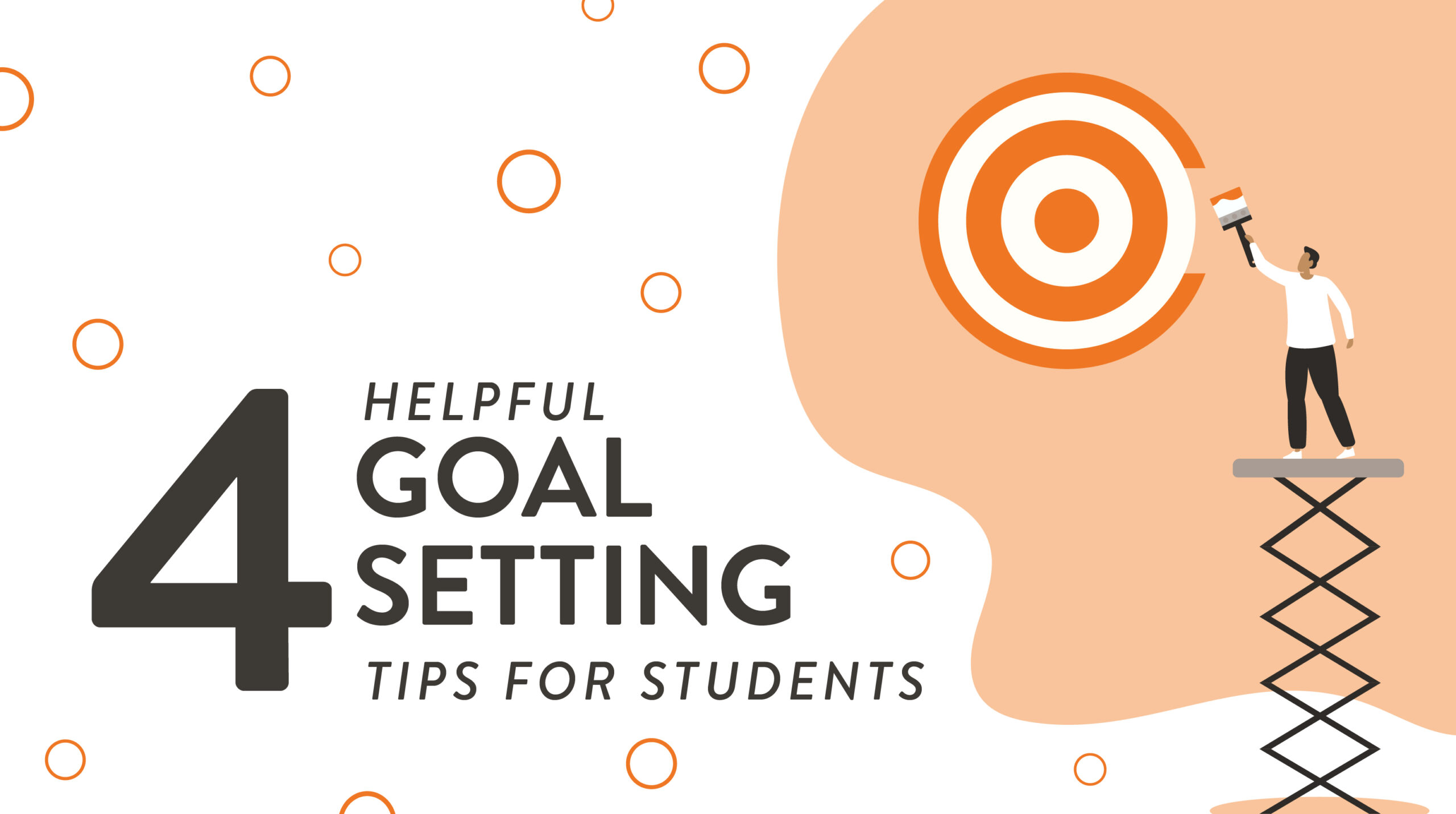Goals are very important to the everyday life of a college student. They can transform your life and influence your work in powerful ways. Setting these goals, however, can be very difficult. We have a helpful exercise that may help in your goal-setting endeavors, courtesy of RMCAD’s Student Learning Center.
Step 1: Identify Your Goals
The first step in this goal-setting exercise is to write down 10 goals that excite you. These goals can vary between long-term and short-term, big or small. When writing these goals, focus on what brings you joy and fulfillment. The following goal-setting Mad-libs should help with this brainstorming process and help articulate your goals in a specific and inspiring way.
- Travel to _____ for _____ (days, weeks, months, years, etc.)
- Purchase and/or own _____
- Finish _____ (project) and achieve _____
- Make at least $_____ a year doing _____
- Discover/collect _____(amount) new _____(nouns) by _____(end of year, month, etc.)
- Make ______ new friends by _____ (end of year, month, etc.)
- Attend an _____ (event) by _____ (date)
- Accomplish ______ by _____(date)
- Obtain/improve the skill of ______ by ______ (action or date)
- Reconnect with _____ (person, place, or action)
Step 2: Choose Your Priority Goal
Once you have your list, choose the goal that stands out as being the most meaningful to you. If this goal were to be achieved, it should bring the most joy and fulfillment out of the other goals. Don’t be limited to what is feasible quite yet, just focus on what matters most to you.
Step 3: Reflect on Your Goal
Now that you have chosen your priority goal, you should take some time to reflect on why you chose it and why it is important to you. You should reflect on how long it could take to achieve, the resources that would be required, and how achieving the goal will impact your life as well as others. Answering these questions will help clarify your motivation and create a plan for success.
- WHY is this important to me? This is arguably the most important question to ask. Be specific, clear, and descriptive. Circle back to this statement in times of doubt, fatigue, or when you’ve lost motivation. The answer to this question may change or evolve over time, and that’s OK!
- How long can I reasonably expect this goal to take? Days, months, years? There’s no right or wrong answer here, just try to be realistic, generous, and flexible.
- Do I currently have enough time to achieve this goal or do I need to work some things out in my life (i.e. deprioritize something to make time)? If I already have the time, when am I going to work towards it? On the weekends? After work? Once a month?
- How much money (or other resources) do I need to accomplish any aspect of this goal? Can I do it for free? Do I need to take out a loan or talk to a financial advisor? Can I gather everything I need in one place and within a certain timeframe?
- Is there anyone who can help me with this goal? Can I email them or schedule a meeting? What other resources/information are available that I might not be aware of?
- How will this goal impact others around me? Will it impact my friends, family, co-workers, community, or society at large? Will this impact be a positive one? Should I communicate with any of these people to tell them what I’m planning?
- What do I foresee as being the biggest challenge of this goal? Is there a particular step that I’m concerned about? How can I iron this out to make it feel clearer, more manageable, or less daunting?
- Do I need to come up with a plan B or C for any phase of this goal?
- What other tools or resources will help me with this goal? Do I need any more information?
- Is there anything else I need to know or do before I begin planning this goal?
Step 4: Create a Plan of Action
With your goal now clarified, it is time to break things down into smaller and more manageable steps. This will make the goal feel more achievable and help you stay motivated. Follow the guidelines below or reach out to the SLC for their tip sheet and video on chunking assignments.
- Write down each step or task that will help you progress towards your larger goal. This can be done in either a digital/paper planner or using apps like Notion or Trello.
- Estimate how long each task will take. A task may only take a few hours, while others may take several days or weeks.
- Start the first step when you can! This is both the most fun and one of the hardest parts of achieving a goal.
- If you start to lose motivation or direction, take time to regroup! It’s ok and perfectly normal to reassess the overarching goal and the steps to get there Maybe steps need to be added, maybe you need to consult someone for advice or encouragement, or maybe you need to be reminded of why you wanted to achieve the goal in the first place? Revisiting the question “Why is this important to me?” can help you regain lost motivation or purpose and help keep you going.
It is important to remember that goal setting is a very dynamic process. Reassess and re-adjust your goals as you progress. The most important thing is to stay focused on what truly matters to you and take consistent action toward making your dreams a reality.
Original piece published in the Student Learning Center blog by Lea Greenwood.

